On a normal night under clear skies and ideal conditions, you can expect to see three or four meteors per hour, according to Space.com. That number can increase to 15, 25, 50 per hour or more during the shower's peak. But with meteor storms, it's a different story. 
What "meteor storms" have been recorded in history?
PHOTO: HAS
“Meteor showers occur at a rate of 1,000 or more per hour, and in rare cases, that number can be 10 or even 100 times higher!”, experts said. What “meteor storms” have lit up the skies throughout human history? Here are some of the biggest “meteor storms” dating back to the late 18th century.
1. November 12, 1799: Bright meteorite
At 2:30 a.m. on November 12, Alexander von Humboldt, a Prussian (now German) scientist , stepped outside for some fresh air and noticed the strangest, brightest meteors rising from the eastern and northeastern skies.
The meteors leave trails of light that typically last seven to eight seconds. The show gradually dies down after four hours, although some shooting stars can still be spotted for up to 15 minutes after sunrise.
2. April 20, 1803: The most notable Lyrids meteor shower
The most notable Lyrid meteor shower occurred in 1803, when townspeople in Richmond, Virginia were awakened from their beds by fire alarms and were able to witness a brilliant display of meteors lasting from 1 to 3 hours. The meteors were described as "seeming to fall from every point in the sky".
Meteor is always an interesting phenomenon for astronomy lovers.
PHOTO: THANH TUNG
3. November 18, 1833: Stars fell like snow
It was considered one of the most spectacular meteor showers ever recorded. Reports from across the United States described the falling stars as “as thick as snow in a blizzard.” Estimates of up to 20 stars per second were reported. Many knelt in prayer, others feared the world was ending. Church bells rang. People crowded the streets, afraid to stay home.
4. November 14, 1855: Wonder of Europe
The comet that causes the Leonids meteor shower, Tempel-Tuttle, was discovered in December 1865 and orbits the sun approximately every 33 years. It was thought that 33 years after their last great show, another spectacular Leonid show would occur in 1866. And indeed, it did, but not in the United States. This time, Europe witnessed the meteor "storm."
5. November 27, 1872: Rain of fire
In 1872, as the Earth passed close to the orbit of Comet Biela, its dusty remnants began hitting the atmosphere. From Moncalieri, Italy, shortly after 20:00, four observers described the meteors as “a veritable shower of fire,” with meteors falling at a rate of four per second. Others said the meteors fell at such a rate that they were impossible to count.
6. October 9, 1933: Surprise
A historic meteor storm occurred across Europe tonight as the Earth passed through the periodic trail of Comet Giacobini-Zinner. The amazing display came as a surprise and took most astronomers completely by surprise.
The meteors appear to shoot out from the head of the constellation Draco the Dragon and are known as the "Draconids" meteors, although others call them the "Giacobinids" after their parent comet. They are described as slow, generally faint, and often yellow in color.
7. October 9, 1946: Cosmic fireworks
Unlike in 1933, astronomers were ready for the Draconids in 1946. Despite the full moon, skywatchers were not disappointed as they were described as having the brightest meteors shining brighter than Venus at its best, in red, orange and green hues, even traceable when their paths were behind thin clouds.
Let's wait for the night sky of 2025 with many interesting things. Will there be surprises with meteor showers?
PHOTO: HUY HYUNH
8. November 18, 1999: The spectacular "explosion"
A spectacular series of Leonids meteor showers streak across the starry sky as seen from the longitudes of Europe and the Middle East. The burst lasts about an hour, peaking at a rate of 1 or 2 meteors per second, as far as anyone can see.
9. November 18, 2001 and November 10, 2002: Party of Lights
The meteor storm is a veritable feast of light in the sky these days with thousands of meteors per hour. According to records, many people were extremely satisfied when observing that time.
Will the Vietnamese sky in 2025 with brilliant meteor showers create unexpected observation experiences? Let's wait and see.
Thanhnien.vn



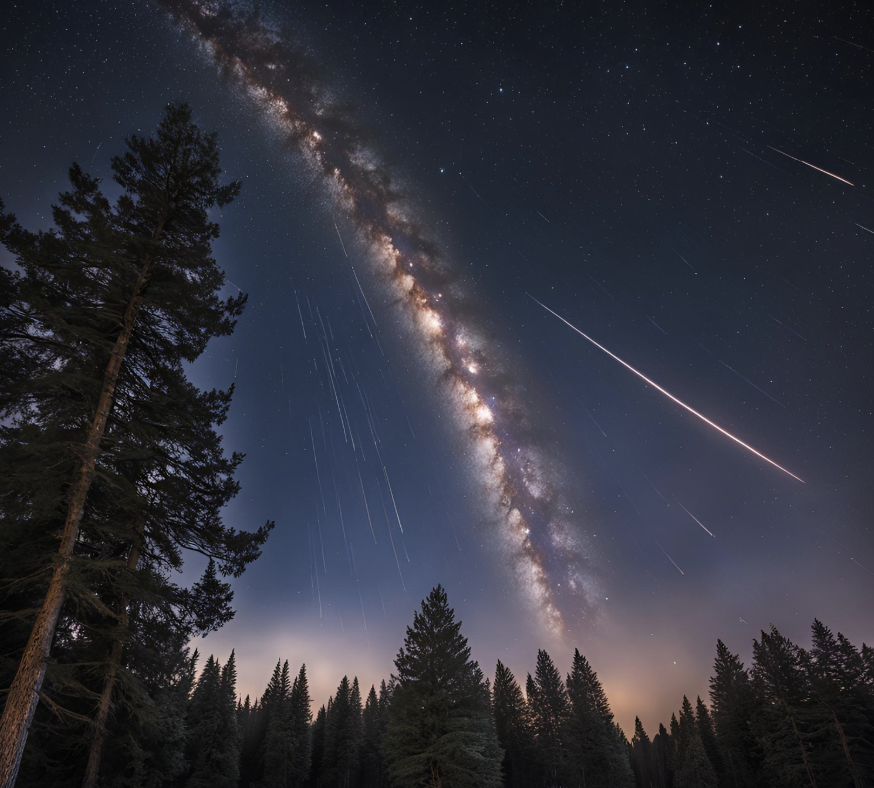
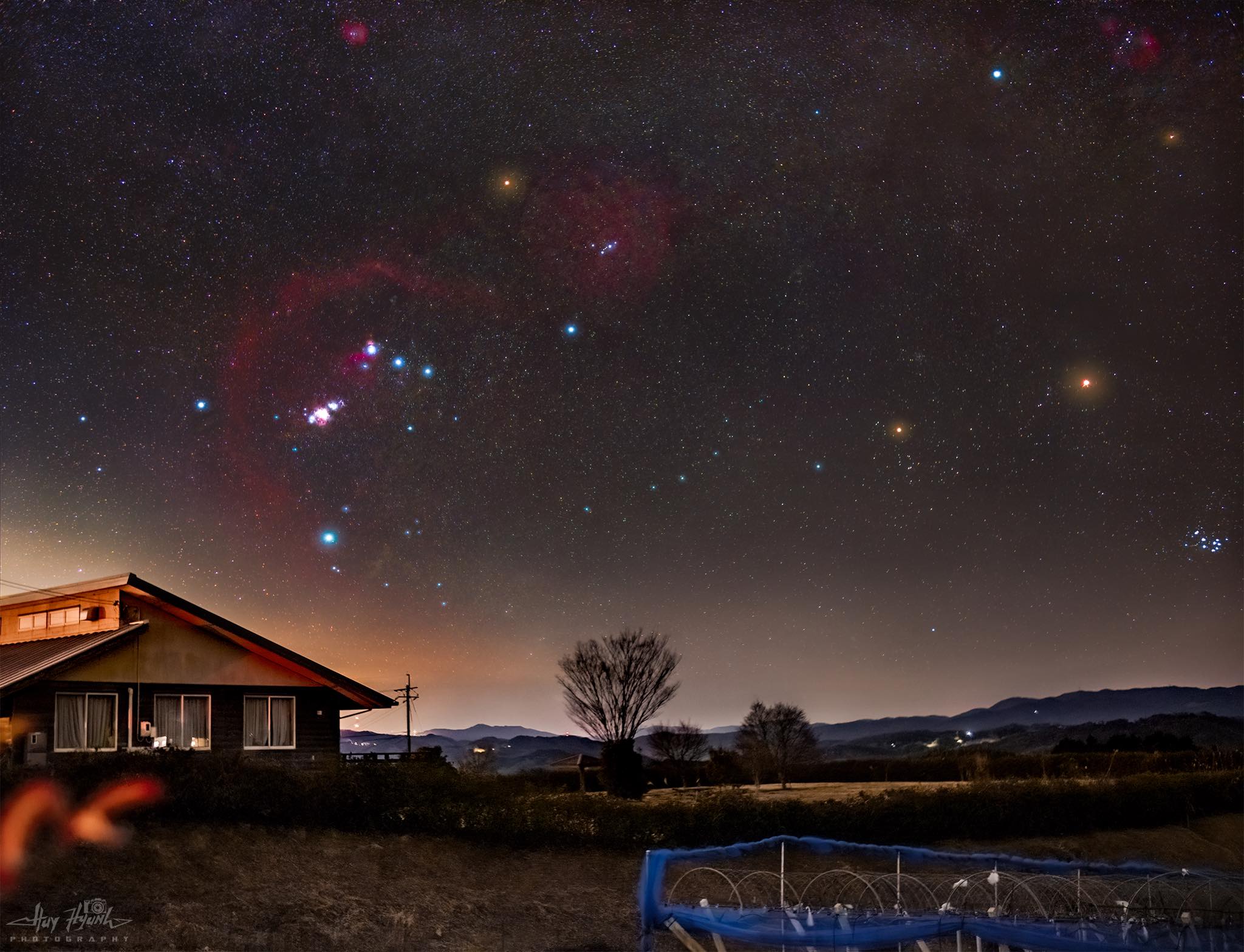


![[Photo] National Assembly Chairman Tran Thanh Man received a delegation of the Social Democratic Party of Germany](https://vphoto.vietnam.vn/thumb/1200x675/vietnam/resource/IMAGE/2025/10/28/1761652150406_ndo_br_cover-3345-jpg.webp)
![[Photo] Draft documents of the 14th Party Congress reach people at the Commune Cultural Post Offices](https://vphoto.vietnam.vn/thumb/1200x675/vietnam/resource/IMAGE/2025/10/28/1761642182616_du-thao-tai-tinh-hung-yen-4070-5235-jpg.webp)

![[Photo] Flooding on the right side of the gate, entrance to Hue Citadel](https://vphoto.vietnam.vn/thumb/1200x675/vietnam/resource/IMAGE/2025/10/28/1761660788143_ndo_br_gen-h-z7165069467254-74c71c36d0cb396744b678cec80552f0-2-jpg.webp)



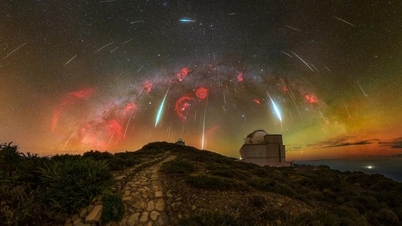


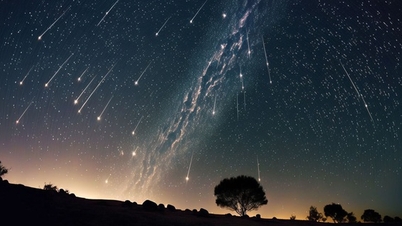

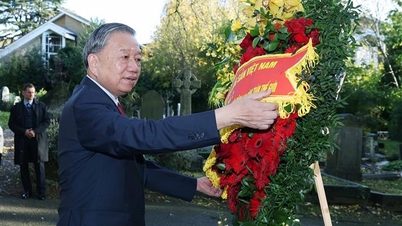


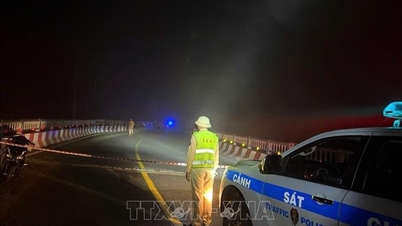
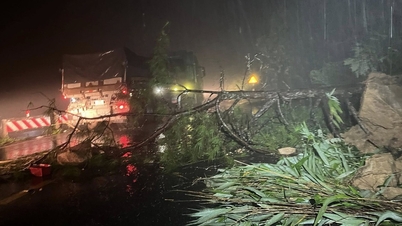
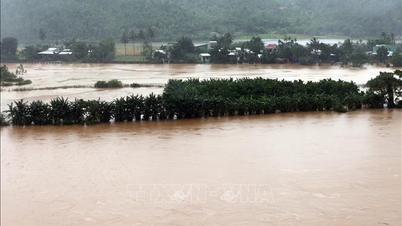












![[Photo] President Luong Cuong attends the 80th Anniversary of the Traditional Day of the Armed Forces of Military Region 3](https://vphoto.vietnam.vn/thumb/1200x675/vietnam/resource/IMAGE/2025/10/28/1761635584312_ndo_br_1-jpg.webp)






































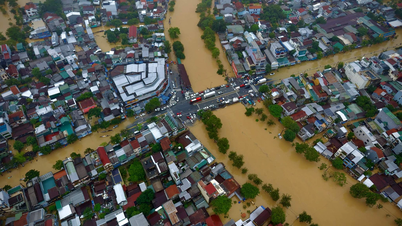


















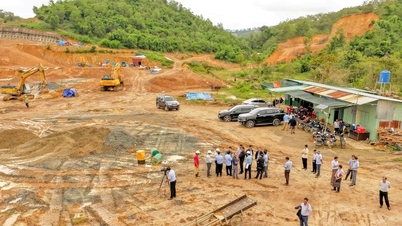
















Comment (0)